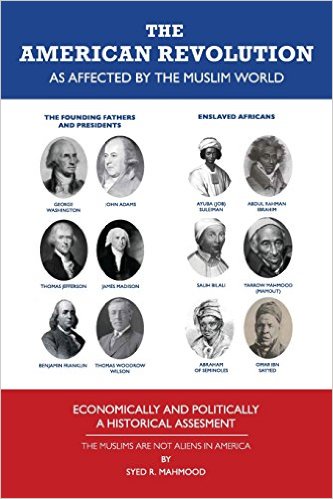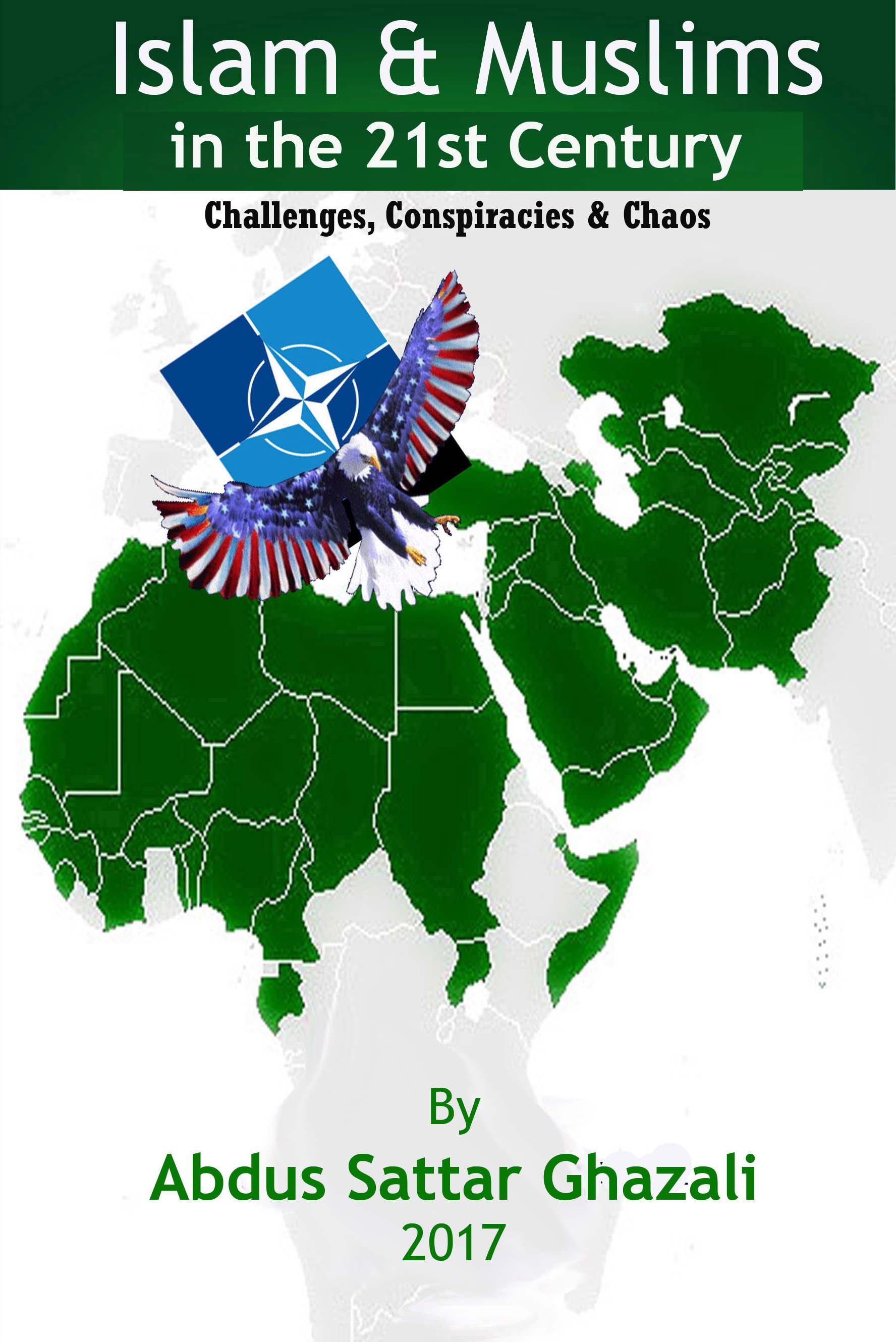December 4, 2020
1st China-bound freight train departs on 12-day journey from Istanbul
By Abdus Sattar Ghazali
In a major milestone, the first train carrying goods from Turkey to China departed from Istanbul Friday, according to daily Sabah.
“The first whistle from Çerkezköy, from where the train departed, is a harbinger of a new era for our country,” Transport and Infrastructure Minister Adil Karaismailoğlu said during the sendoff ceremony at the Kazlıçeşme station on Istanbul’s European side.
Covering 8,693 kilometers (5,402 miles) and passing through two continents, two seas and five countries, the train will forward its freight to China in 12 days.
Passing below the Bosporus via Istanbul’s Marmaray tunnel, the train will follow the Trans Caspian East-West Middle Corridor via the Baku-Tbilisi-Kars railway. It will pass Istanbul, northwestern Kocaeli province, the capital Ankara, central Sivas province and eastern Kars province and will make a stop at the Akhalkalaki Station in Georgia.
It will then travel across Azerbaijan and Kazakhstan before entering China’s Xi'an province.
The 8,693-kilometer path includes 2,323 kilometers in Turkey, 220 in Georgia, 430 in Azerbaijan, 420 in the Caspian Sea, 3,200 kilometers in Kazakhstan and 2,100 kilometers in China.
“Turkey, the global actor in the center of Europe and the Middle East with its modern transportation system, economy and cultural continuity, is taking firm steps toward becoming a logistics superpower,” Karaismailoğlu said in his speech at the ceremony.
New era in freight transport
In November 2019, Turkey and the world witnessed a historic moment after Ankara welcomed and sent off the first train that departed for China and Europe passing under the Bosporus via the Marmaray tunnel, marking the realization of the "Silk Railway" dream.
It made the journey on the Turkey-pioneered Trans Caspian East-West Middle Corridor and the Marmaray rail line.
The real Silk Road was an active trade route used between the second century B.C. and the 18th century A.C. that connected China and Europe through Anatolia and the Mediterranean region.
China’s Railway Express directly connects the Czech Republic’s Prague to Xi'an, the capital city of Shaanxi province in central China, via Turkey.
Within the scope of the Belt and Road Initiative (BRI), which aims to connect Asia, Africa and Europe via roads and sea lanes, the railway is reducing the freight transportation time between China and Turkey from one month to 12 days thanks to the Baku-Tbilisi-Kars (BTK) railway line, while the whole route between the Far East and Western Europe takes 18 days with the integration of the Marmaray tunnel.
The line has become the most important connecting point of the Middle Corridor stretching from Beijing to London and the Iron Silk Road that extends from Kazakhstan to Turkey, the minister said.
On the basis of cooperation between Turkey, Azerbaijan and Georgia within the scope of the BRI, the BTK railway line established a freight and passenger link between Europe and China and was launched in October 2017.
What is Belt and Road Initiative (BRI)?
China’s Belt and Road Initiative (BRI) is an ambitious program to connect Asia with Africa and Europe via land and maritime networks along six corridors with the aim of improving regional integration, increasing trade and stimulating economic growth.
The name was coined in 2013 by China’s President Xi Jinping, who drew inspiration from the concept of the Silk Road established during the Han Dynasty 2,000 years ago – an ancient network of trade routes that connected China to the Mediterranean via Eurasia for centuries. The BRI has also been referred to in the past as 'One Belt One Road'.
The BRI comprises a Silk Road Economic Belt – a trans-continental passage that links China with south east Asia, south Asia, Central Asia, Russia and Europe by land – and a 21st century Maritime Silk Road, a sea route connecting China’s coastal regions with south east and south Asia, the South Pacific, the Middle East and Eastern Africa, all the way to Europe.
The program is expected to involve over US$1 trillion in investments, largely in infrastructure development for ports, roads, railways and airports, as well as power plants and telecommunications networks.
As of March 2020, the number of countries that have joined the Belt and Road Initiative (BRI) by signing a Memorandum of Understanding (MoU) with China is 138. Almost 50% (70) of these countries account for about 65 per cent of the world’s population and around one-third of the world’s Gross Domestic Product (GDP).
The countries of the Belt and Road Initiative (BRI) are spread across all continents: 38 countries are in Sub-Saharan Africa, 34 BRI countries are in Europe & Central Asia (including 18 countries of the European Union (EU) that are part of the BRI, 25 BRI countries are in East Asia & pacific, 17 BRI countries in Middle East & North Africa, 18 BRI countries are in Latin America & Caribbean and 6 countries are in South East Asia.
Abdus Sattar Ghazali is the Chief Editor of the Journal of America (www.journalofamerica.net) email: asghazali2011 (@) gmail.com

The Journal of America Team:
Editor in chief:
Abdus Sattar Ghazali
Senior Editor:
Prof. Arthur Scott
Special Correspondent
Maryam Turab
Your donation
is tax deductable.



